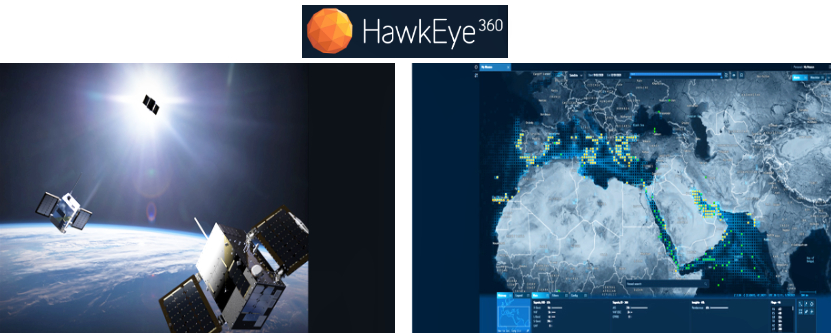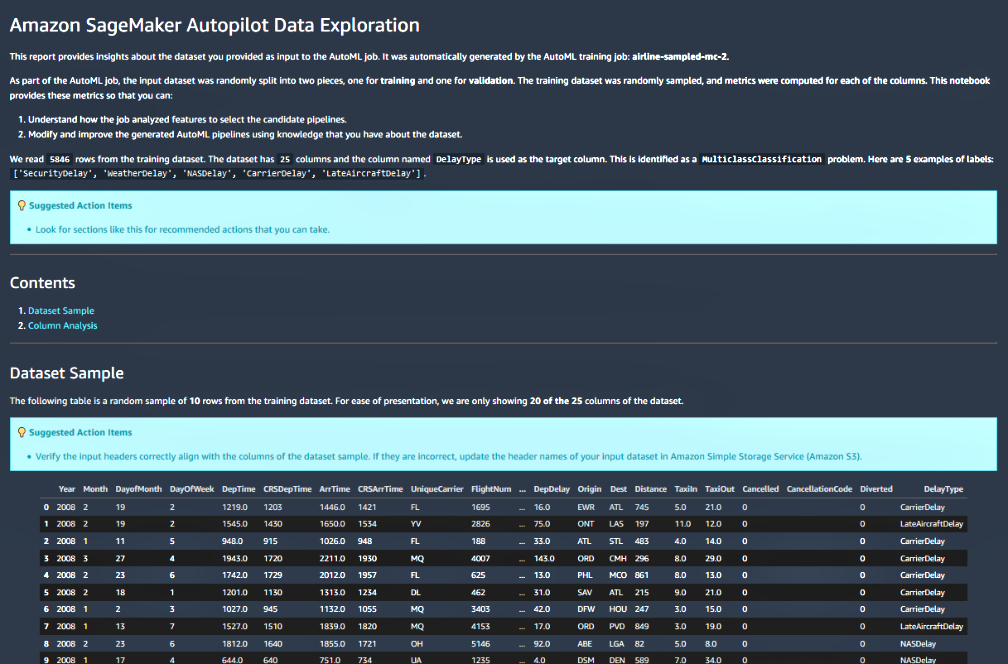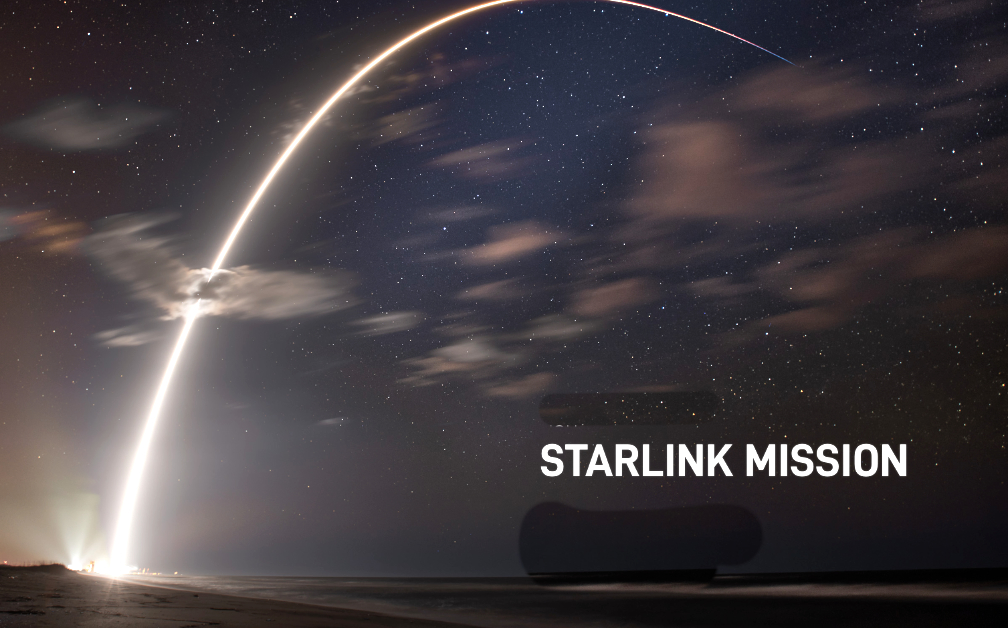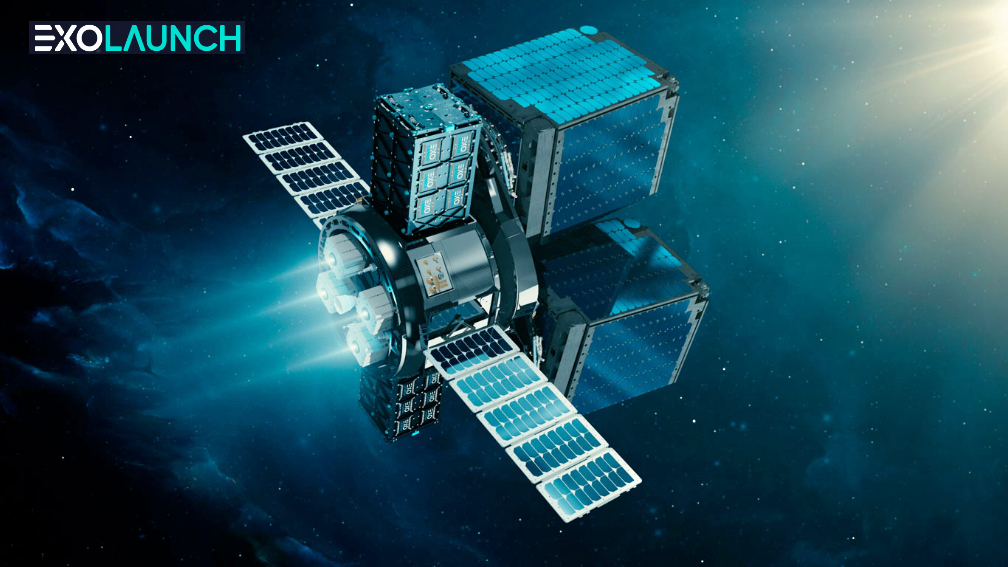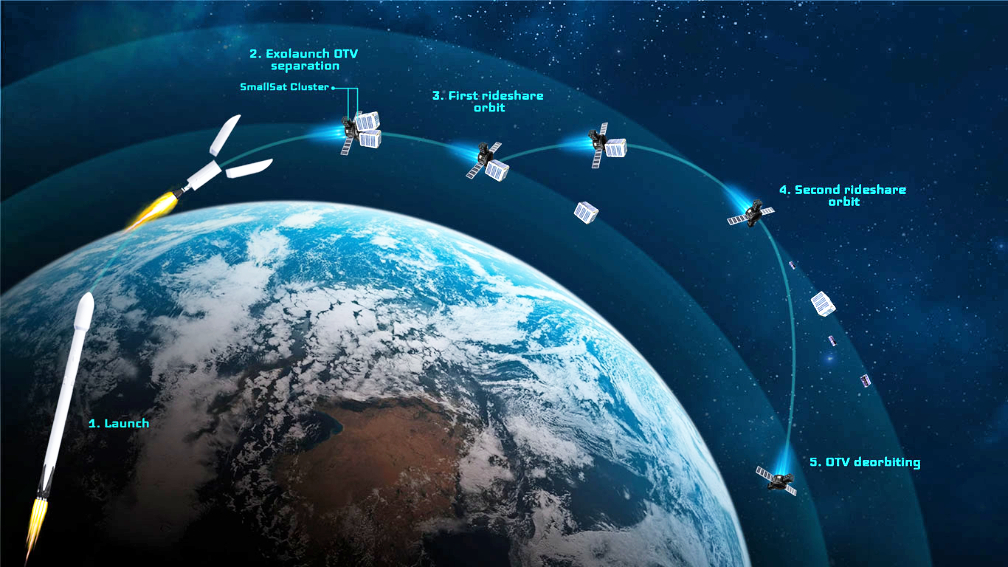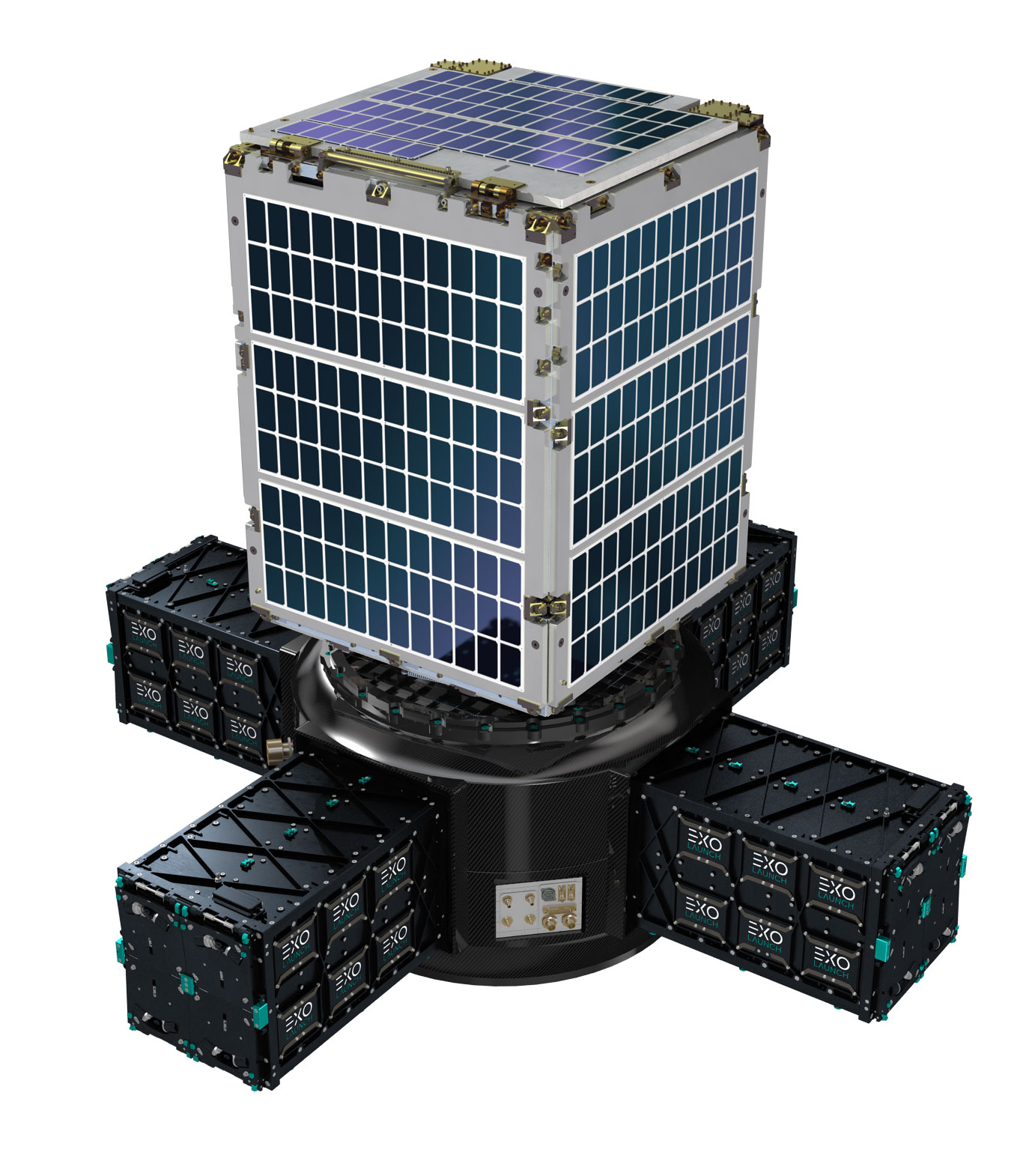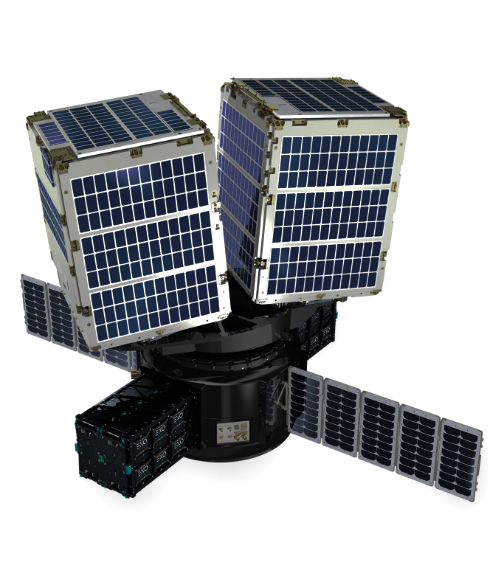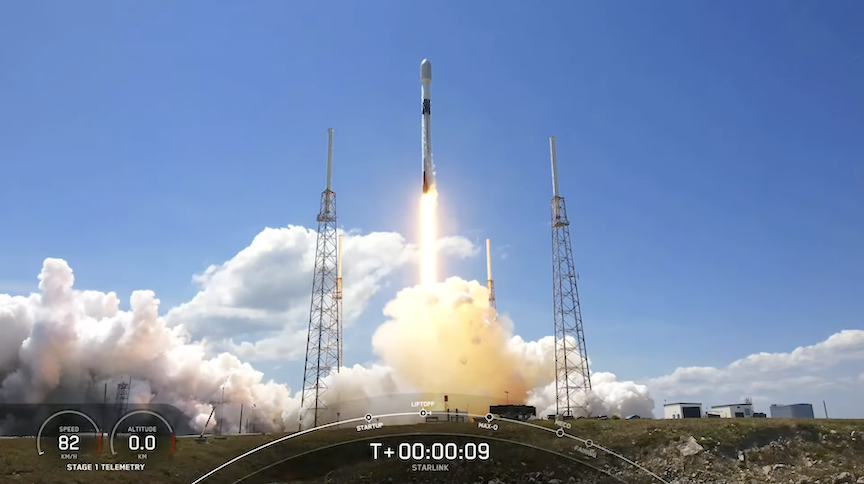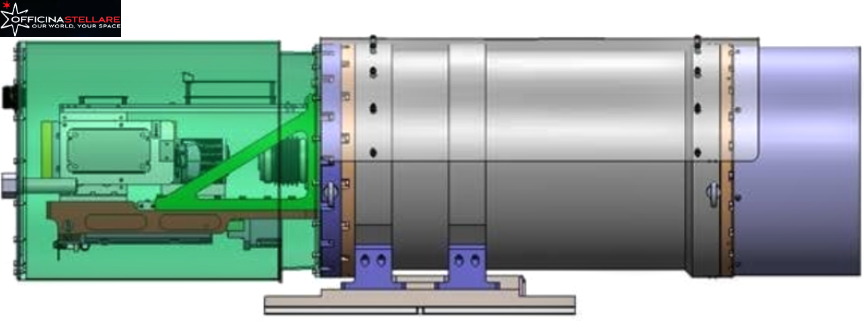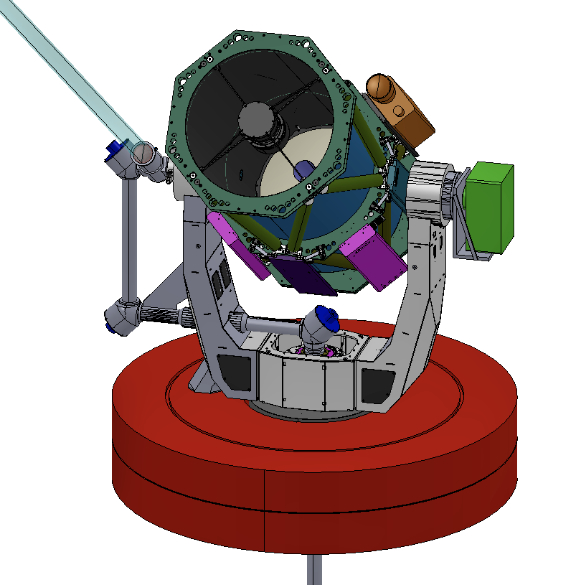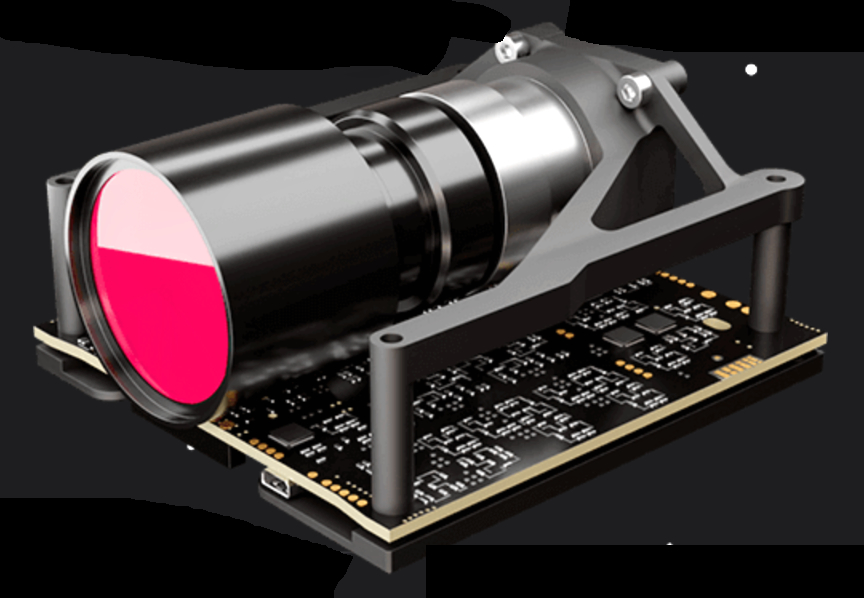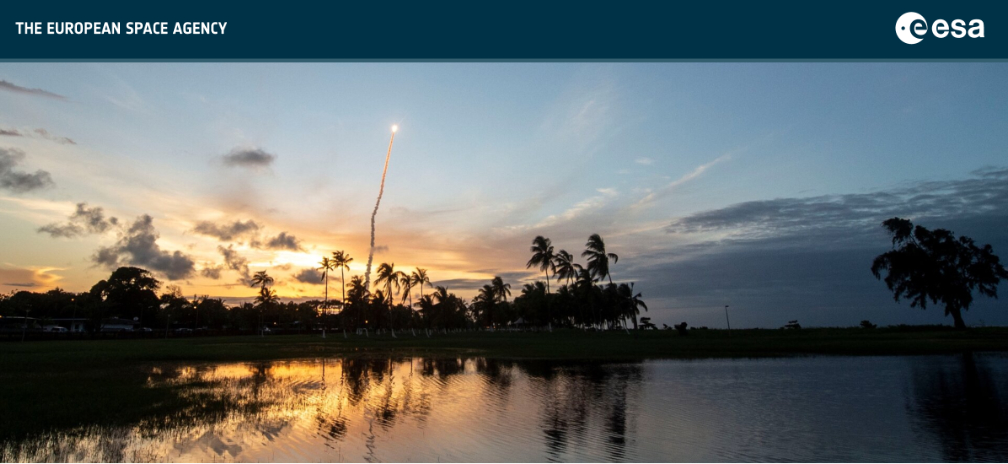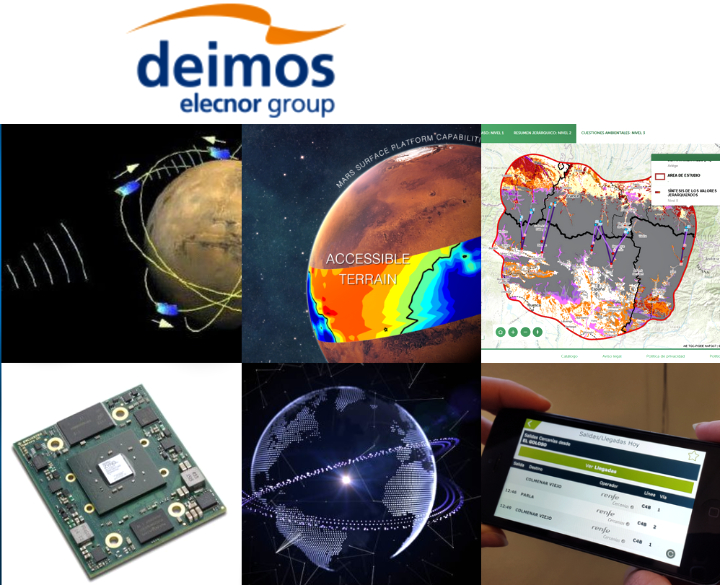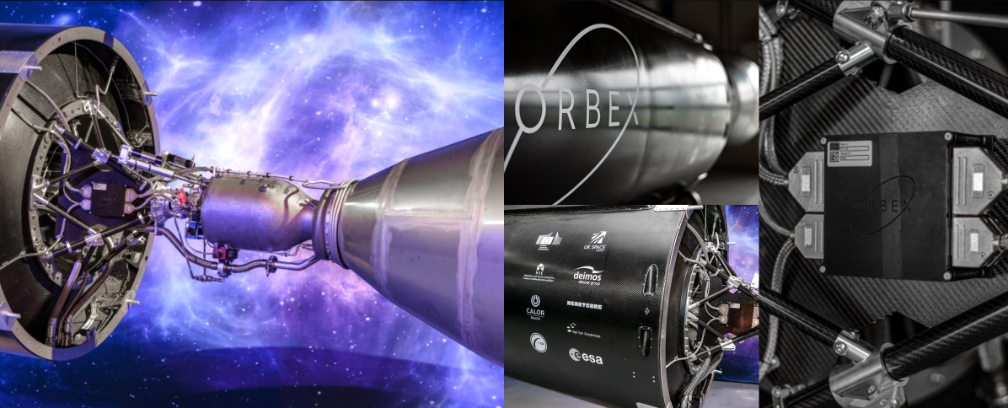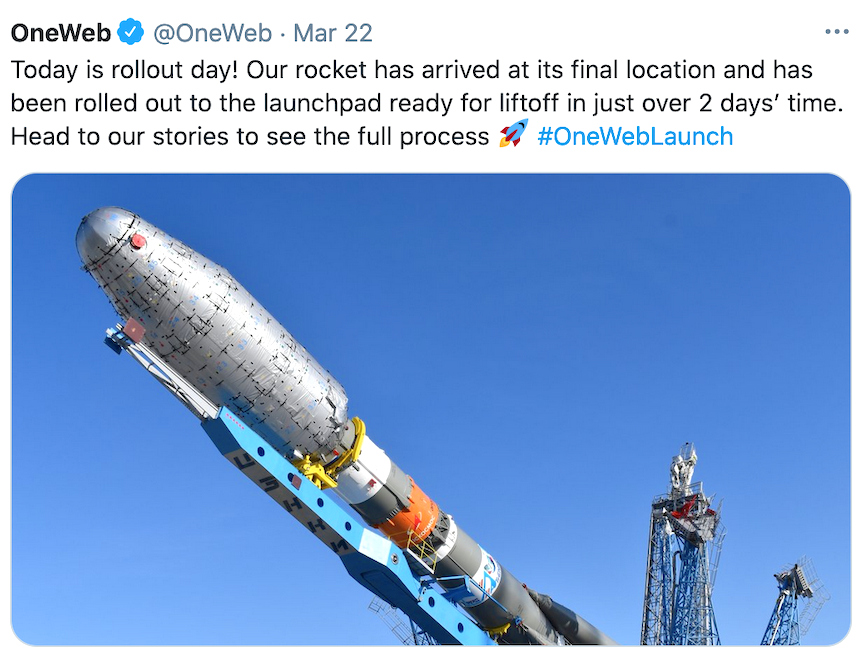
Gilat Satellite Networks Ltd. (Nasdaq: GILT, TASE: GILT has received orders of more than $20 million for support of gateways of LEO constellations.
Gilat’s subsidiary, Wavestream, was selected as the vendor of choice to supply Gateway Solid State Power Amplifiers (SSPAs) to a leading satellite operator to support LEO constellation gateways. The orders were received as part of the previously announced contract.
Wavestream’s Gateway-Class PowerStream 160Ka SSPAs, designed specifically for networks using wide bandwidth uplinks and high order modulation schemes, were selected due to their best-in-class technical performance and their unmatched reliability in harsh environments, best addressing the stringent requirements of Non-Geostationary Satellite Orbit (NGSO) constellations.
“We are fully engaged and committed to deliver the essential SSPAs for the LEO constellation Gateways,” said Bob Huffman, Wavestream’s General Manager. “Wavestream’s proven technological advantage, as well as our unmatched production capacity, make us a perfect supplier for the high volume of Ka-band Gateway-class SSPAs required for this constellation.”

